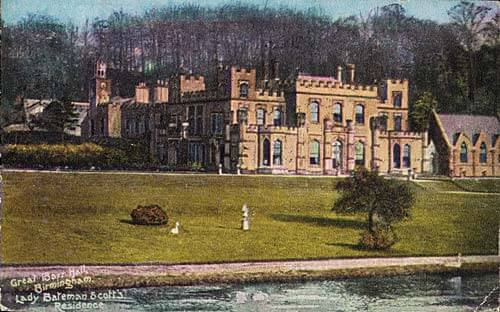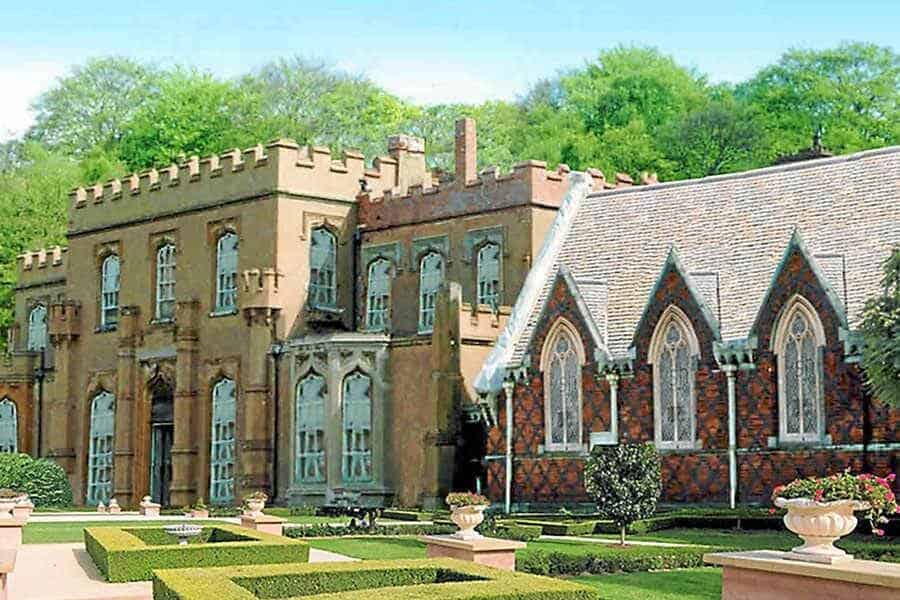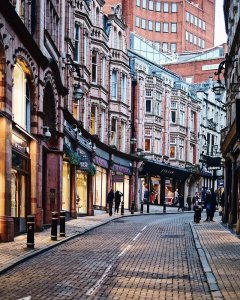
Architects in Edgbaston Birmingham | 52 Harborne Road
52 Harborne Road, Edgbaston Lapworth Architects secured planning and listed building consent for the sensitive extension and refurbishment of 52 Harborne Road, a Grade II listed 19th-century stucco villa in the Edgbaston Conservation Area. The property sits within the Calthorpe Estate and contributes to the character of this prominent residential







